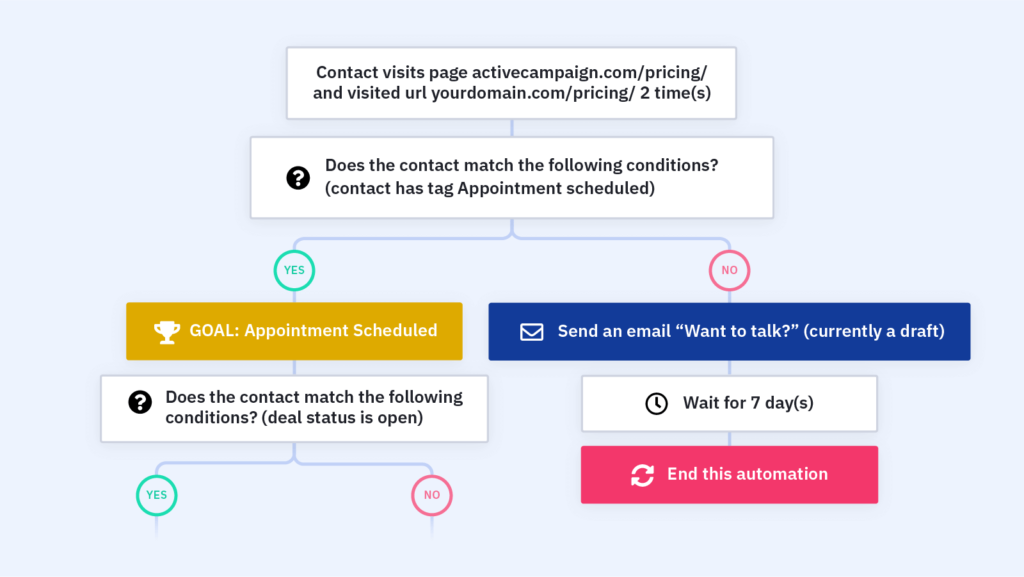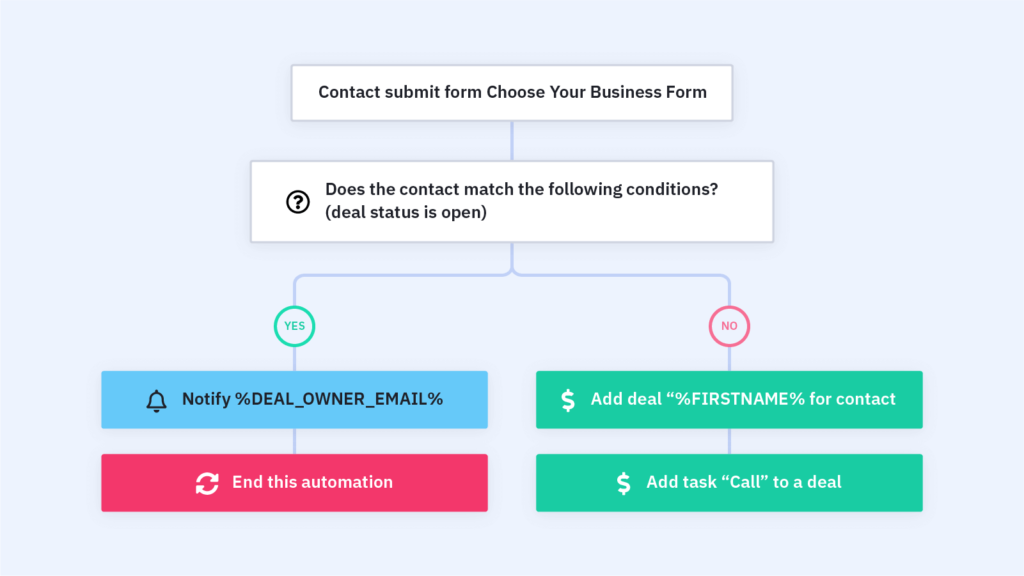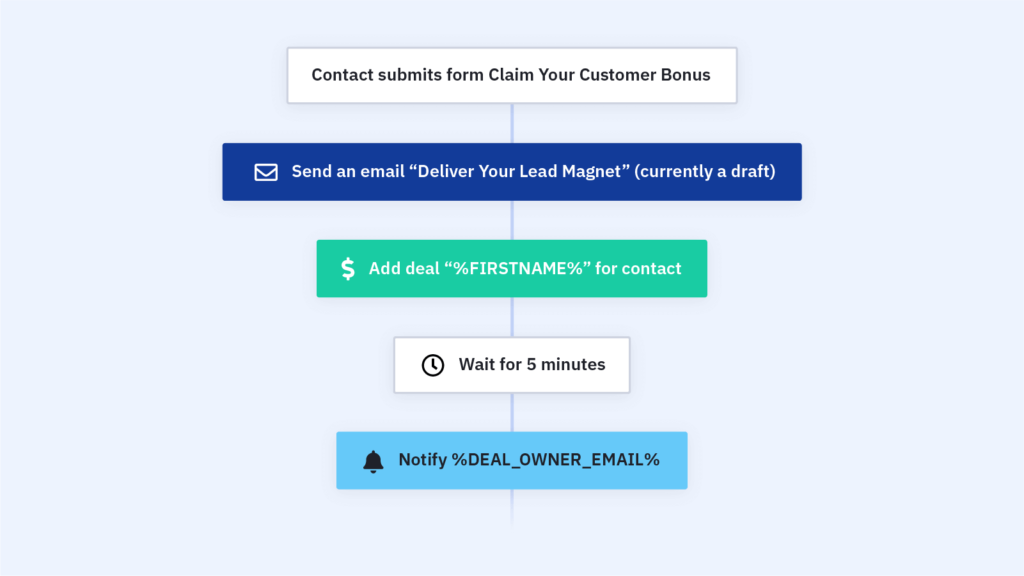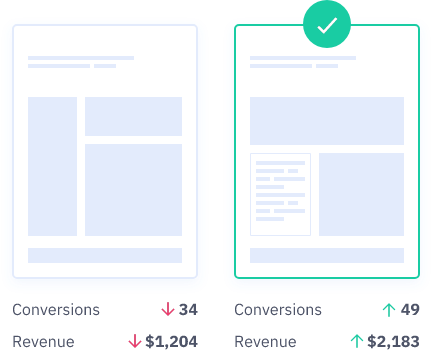Buyer behavior has evolved. Customers prefer to be in charge of their own research into companies and products, as well as how and when they interact with sellers. Because of this, sellers need to adjust. Buyers don’t want to be sold. Instead, they want a trusted advisor during the sales process. That’s why a consultative sales approach is a crucial technique when sales teams need to be less transactional and more relationship driven. In this blog post, we’ll explore 6 key steps to get the most out of consultative selling and increase your sales success.
What is consultative selling?
If you guessed it would involve consulting, you’d be right! The consultative sales process is a strategy that goes against high-pressure sales. There are no ultimatums or rush to make a decision. Instead, you’ll use sales skills that build trust with potential customers by exploring their needs, offering insights, and exploring how your solution might help with their specific challenges.
If you want to start diving into the consultative sales process yourself, follow these 6 steps:
1. Research customer needs
Before you speak with any prospects, preparation is key to your success when you make first contact. You’ll need to gather preliminary intel and research your target customers’ needs. This will save you time because you’ll focus on the right leads and know the right questions to ask your prospects.
If you have leads from an inbound marketing strategy, you should have a good amount of intel from marketing. If they opted in through a form (like the ones you can make with ActiveCampaign), you’d have valuable intel, like the content they’ve read, pages visited, emails opened, and company size.
At ActiveCampaign, we help salespeople keep their research and sales process organized with our Deals CRM. Take a look here:
2. Pre-outreach Plan
After the research phase, it’s time to devise a plan for each prospect you reach out to. To make the most of the consultative sales approach, create a pre-outreach plan tailored to the prospect that offers a personalized touch. Include relevant and engaging content, and use data and insights to start meaningful conversations.
Start closing bigger deals even if you’re just getting started with our FREE sales process template!
Managers should encourage their consultative sellers to invest time in pre-outreach planning to ensure each call or contact is as successful as possible. This includes identifying where the buyer is in their buying journey. Additionally, objectives for the call should be identified, along with the specific skills and steps necessary to reach those objectives.
The plan should also include a list of consultative sales probing questions you can ask to help uncover the prospect’s needs and wants. Probing questions are open-ended, and they build trust. They get your prospects into storytelling mode, which is how you’ll get strong and insightful qualitative information. That’ll help you determine the best solutions for them.
Don’t let any important sales details and follow-ups slip through the cracks by using sales automation features that handle admin tasks for you. Here are some useful ActiveCampaign automation templates sales professionals can use:
Automatically engage prospects to set up sales meetings.

When a new prospect fills out a form on your site, automatically create a new deal and enter them into your sales cycle.

Use this automation to deliver gated content to new contacts and create a deal in your CRM.

3. Keep your communication conversational and genuine to build trust
Building trust is essential to successful consultative selling. Prospects who don’t trust you are less likely to respond to follow-ups, answer questions, divulge problems, or cooperate with discovery and problem-solving. Focusing only on what you can sell them will quickly erode trust. Instead, you must address prospects as people and strive to understand their needs and motivations. To build trust, show genuine interest, compassion, and commitment. Consistently follow through on promises, from small tasks to big commitments.
4. Make your conversations productive
Ask your prospects targeted, open-ended questions to gain as much information as possible. Dig deeper when answers are sparse to uncover new details. Pay attention and listen carefully to understand their needs and demonstrate compassion, which fosters trust. Here are some examples:
- What do you think has been the most successful initiative for your team?
- What do you see as the most promising opportunities for growth that you are currently exploring?
- What challenges have you experienced in your current process?
- What do you like about your current system?
- What outcomes have you set for your business?
- What would be the ideal solution to your current challenges?
5. Exercise active listening
As a sales rep, you need to ask questions as though you are invested in finding a solution for the prospect. During a sales conversation, we often think about the next question to ask rather than the information the prospect is sharing. While the prospect is answering, stay focused on what they are saying. Make it your main objective to solve the prospect’s problem. Slow down and talk less, and hone in on the prospect. Ask good questions demonstrating that you are paying attention and looking to dig deeper.
6. Educate your prospect with active solutions and problem-solving
At this stage of the consultative sales approach, you’ll have learned enough about your prospect’s problems to determine one of two things: You’ll know exactly how your offer can solve their problems and the jobs to be done. Or the prospect is not a good fit for your product or service.
Share your value proposition that will help each of their business problems. Instead of reading a list of your features, take a consultative approach. Use the information you learned about their goals and continue collaborating on solutions. It’s not the time to be pushy or aggressive with a high-pressure sales pitch. The close of a deal in the consultative selling process should feel natural and the prospect will want to proceed themselves after they have all the information they need.
It is also important to remember that closing a sale is not just about getting the customer to sign on the dotted line—it is about building trust and establishing a long-term relationship.
By taking the time to listen to their concerns and address their needs, you will create an environment of mutual understanding and respect that will foster loyalty in the future. With this approach, you can close more qualified leads while also creating lasting relationships with customers.
Put these consultative selling techniques into practice
The consultative sales approach is based on a natural and honest interest in your prospects and expertise with your industry and product. Use the above steps to build your own skills and improve your methods with consultative selling. And don’t forget to use a CRM to keep your prospect and account details organized. Try ActiveCampaign’s Deals CRM free for 14 days.



